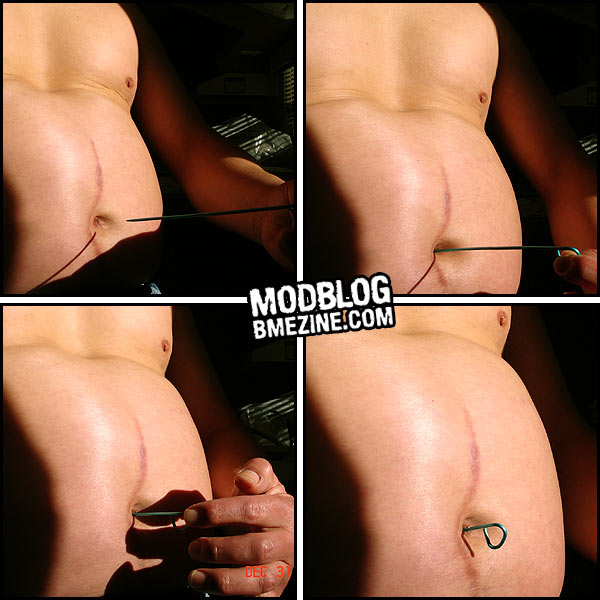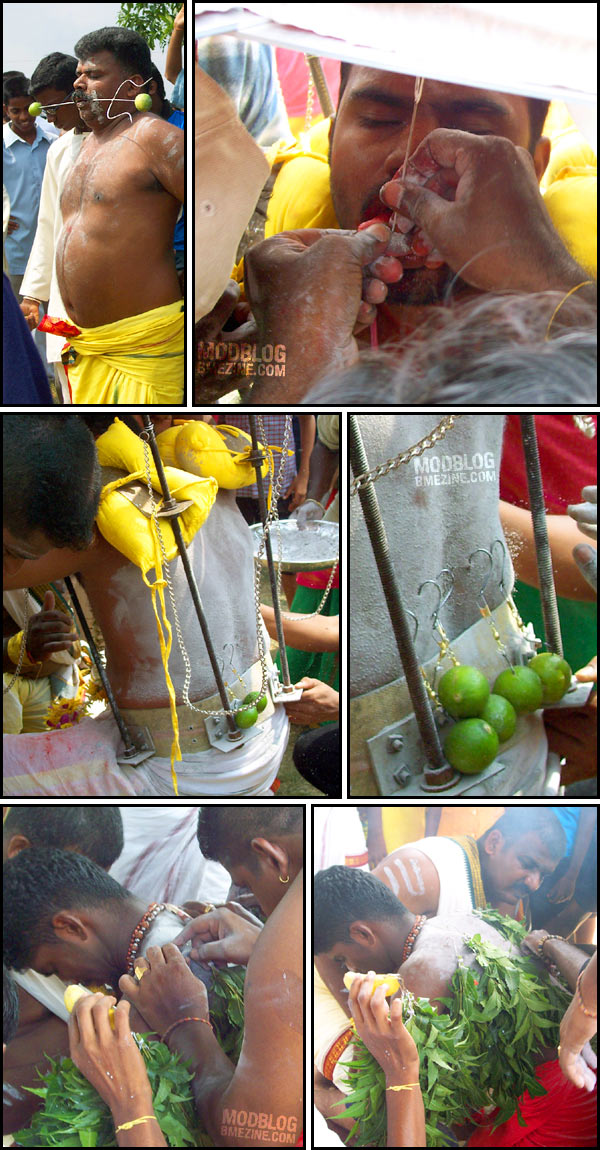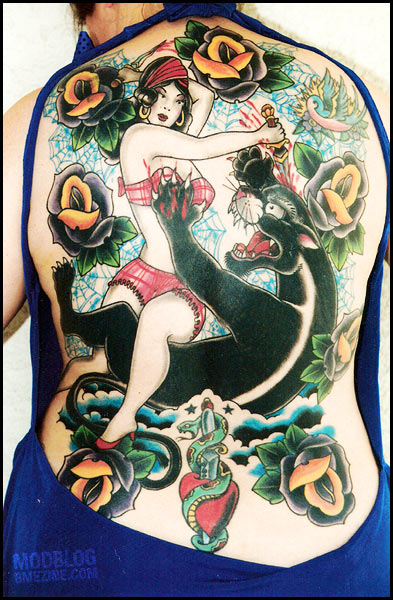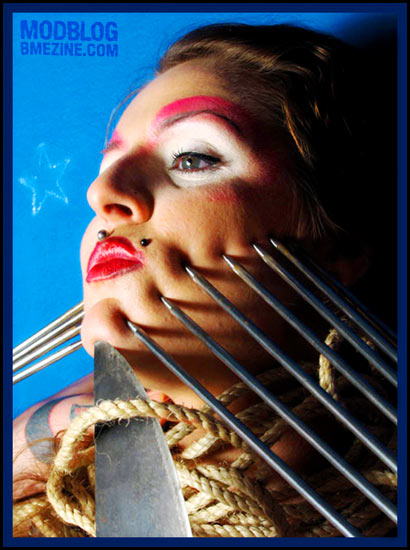Well, let’s see if this risks entry goes better than the last one where people’s heads exploded and we had hundreds of posts that many people will probably regret in the future when they reread them with a calmer head.
After a heavy blow right on the implant, Bena decided it would be best to remove (DIY) the implant. Luckily it seems to have come out fairly easily.
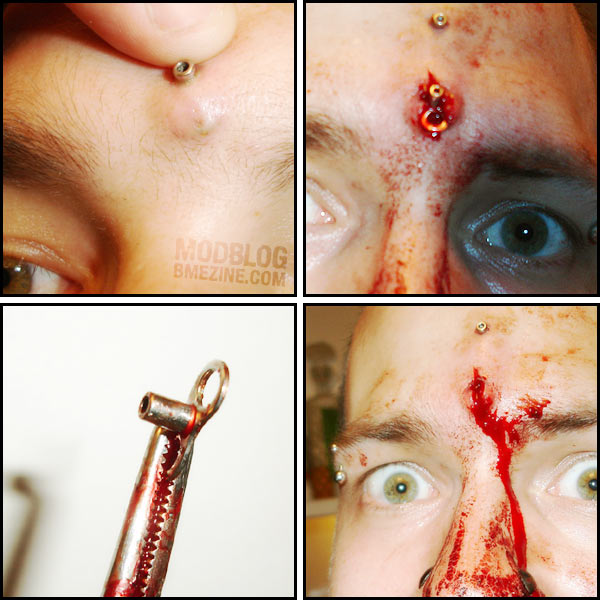
I know of another case where someone recieved a blow on a similarly placed transdermal implant, and things didn’t turn out as well. I asked the person to do an interview, but they decided against it, so I’ll try and recount the story as best I remember it. After receiving the blow, the surrounding tissue swelled and there were some signs of infection, but then it went down again, so the person paid it no more worry. Then, much later, they started getting severe headaches, and when they became unbearable, they went to the hospital. Doctors discovered that the infection had not gone away, but simply moved underneath the implant. It had eroded a quarter-sized hole in his forehead, and the doctors warned that had he waited a few more days to come in he could have dropped dead.
I really want to extend thanks to people (and practitioners) who share their stories when things go wrong. I think for this community to grow safely, sharing what we know about the problems is in many ways more important than sharing what we know about performing procedures.




